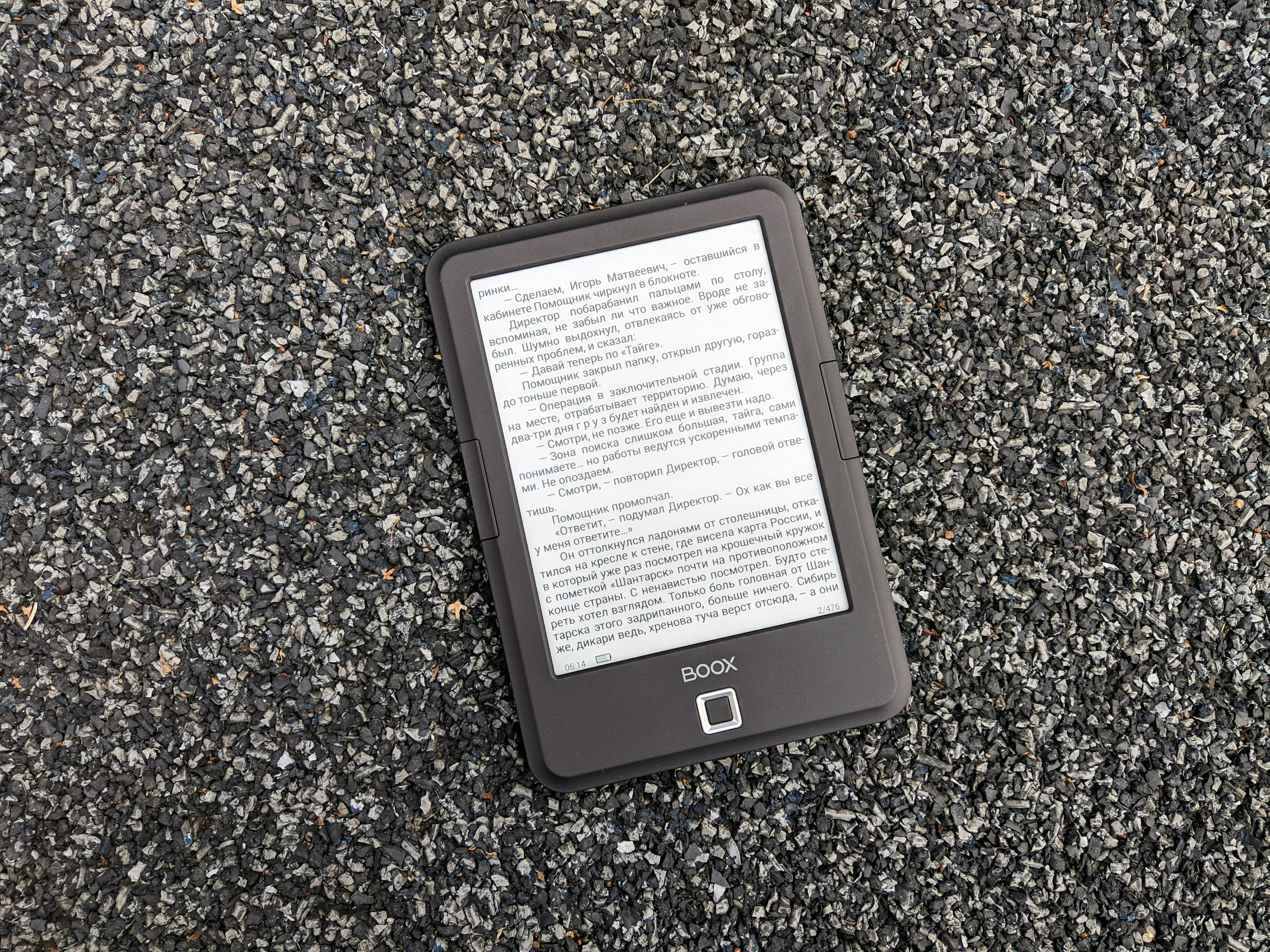The Surging Popularity of E-Ink: Reading into the Future
The world of technology is ever-changing, and the e-ink technology, so often associated with e-readers, is no exception. This article will dive into the history of e-ink, its current applications, and what the future holds. E-Ink's beginnings can be traced back to the late 90s. Born from the collaboration between MIT's Media Lab and E Ink Corporation, this technology was developed as a solution to improve the reading experience. The idea was to replicate the properties of paper in a digital format, thereby reducing eye strain associated with reading on traditional backlit screens.

The first commercial e-reader utilizing e-ink technology, the Sony LIBRIé, was released in 2004, setting the stage for a revolution in reading habits. Kindle, Barnes & Noble’s Nook, and Kobo soon followed suit, leading to the widespread adoption of e-ink technology.
E-Ink: Not Just for E-Readers Anymore
While e-readers remain the most popular application of e-ink, its use has expanded far beyond that. Today, e-ink is used in a variety of devices, from smartwatches to mobile phones and even digital signage. Its low power consumption, readability in direct sunlight, and ability to maintain an image without power make it an attractive option for many products.
Companies like YotaPhone have incorporated e-ink displays into smartphones, offering a secondary, low-power display. Similarly, Pebble’s smartwatches, known for their long battery life, owe their longevity to e-ink technology.
The Price of Progress: E-Ink’s Market Impact
E-readers with e-ink technology typically range from $80 to $300, depending on the brand and specifications. This price point has allowed for widespread adoption, making digital reading accessible to a broad audience.
The global e-paper display market, dominated by e-ink technology, was valued at $1.49 billion in 2019 and is expected to grow at a compound annual growth rate (CAGR) of 22.5% from 2020 to 2027, according to a report by Grand View Research.
E-Ink: The Future is Looking Bright
Recent advancements in the field of e-ink have given birth to a new generation of devices. These include flexible e-ink displays, color e-ink screens, and even e-ink wallpapers. Some tech enthusiasts are speculating that we might soon see e-ink technology integrated into our clothing or used as smart home decor.
E-Ink Corporation has also unveiled its Advanced Color ePaper (ACeP), a high-quality, full-color reflective display. With this technology, e-ink is poised to break into markets previously dominated by LCD and OLED displays.
The Last Page: Wrapping Up the E-Ink Story
E-ink technology has certainly come a long way since its inception. From revolutionizing the e-reader market to finding its way into an array of devices, this innovative technology continues to evolve. With developments like ACeP, the future of e-ink looks as bright as ever.
The world is increasingly digitized, and with that shift comes the need for technologies that can bridge the gap between the analog and digital worlds. E-ink, with its paper-like attributes and low power consumption, is well-positioned to fill that gap, making it an exciting technology to watch in the years to come.



